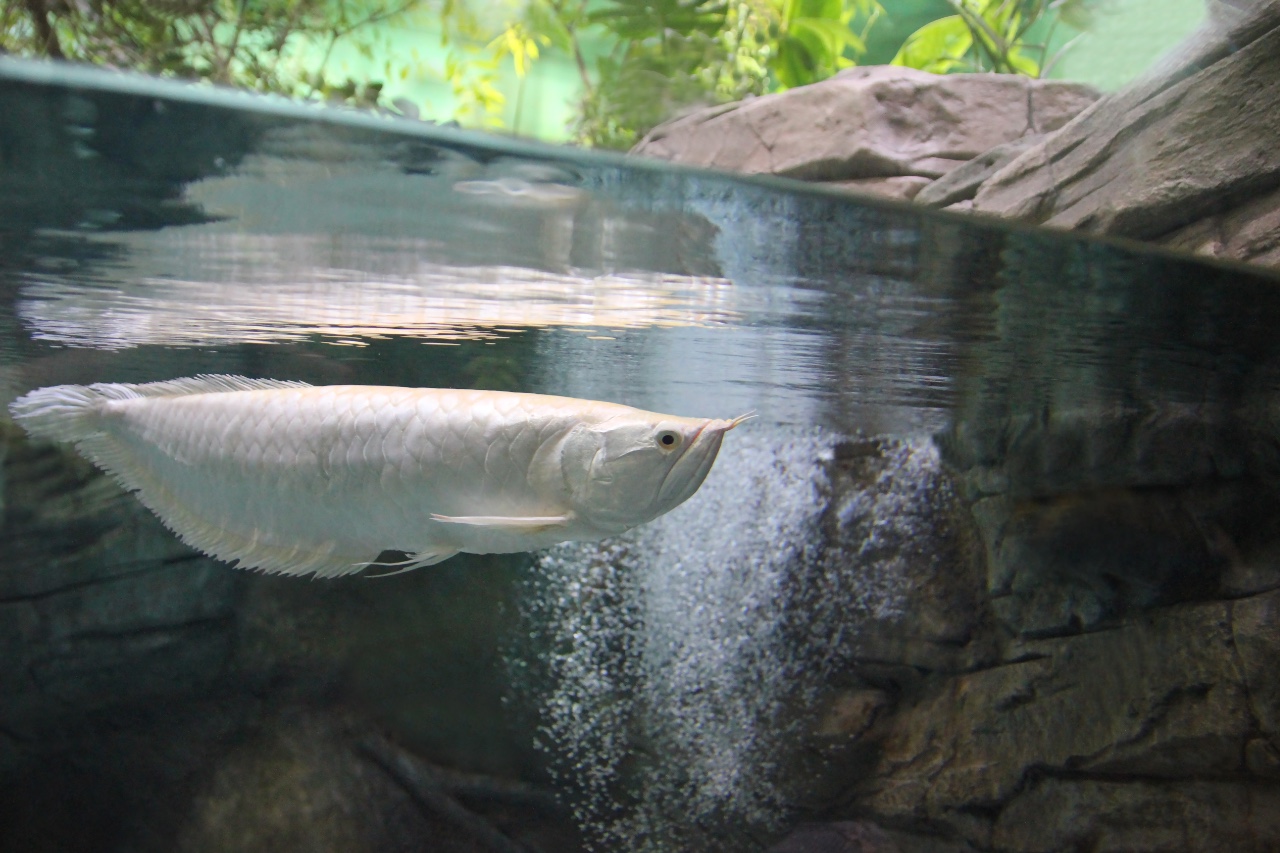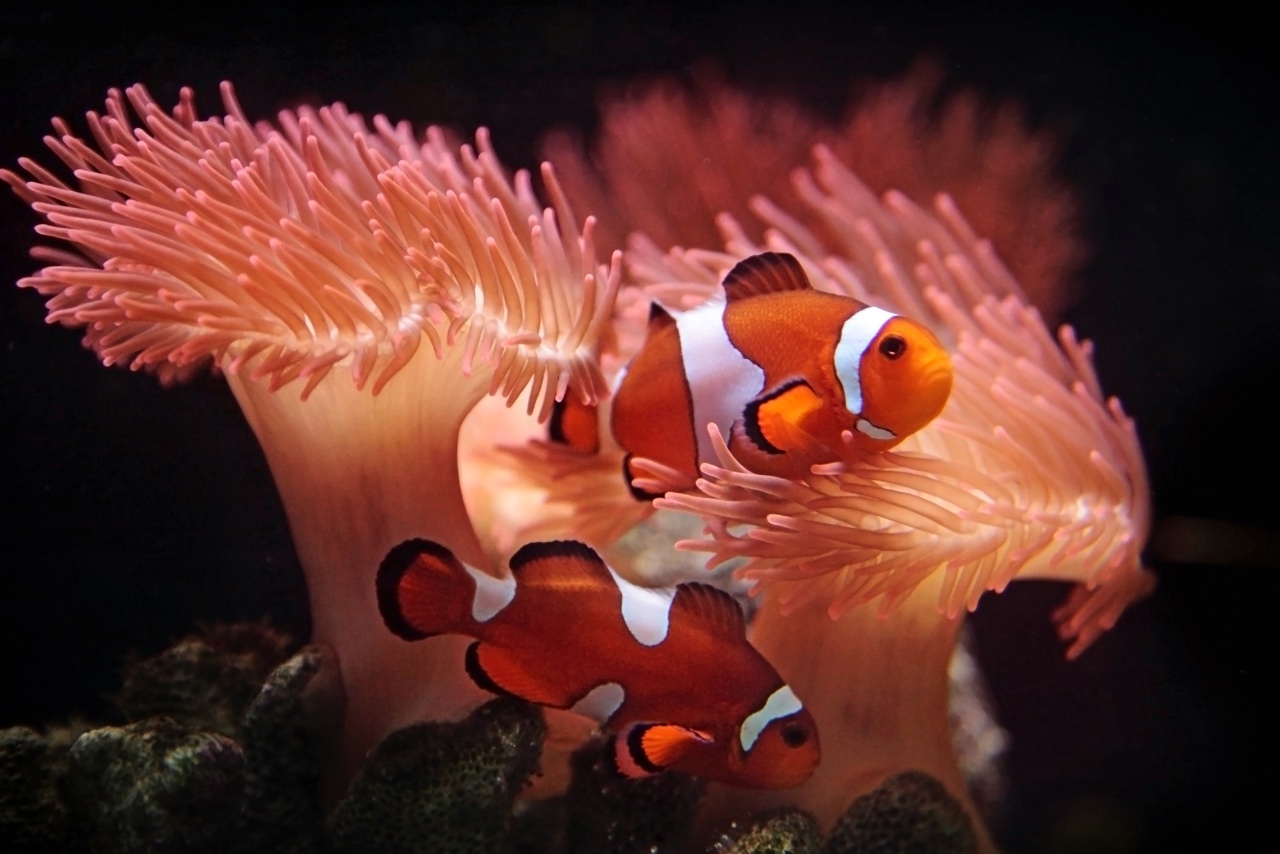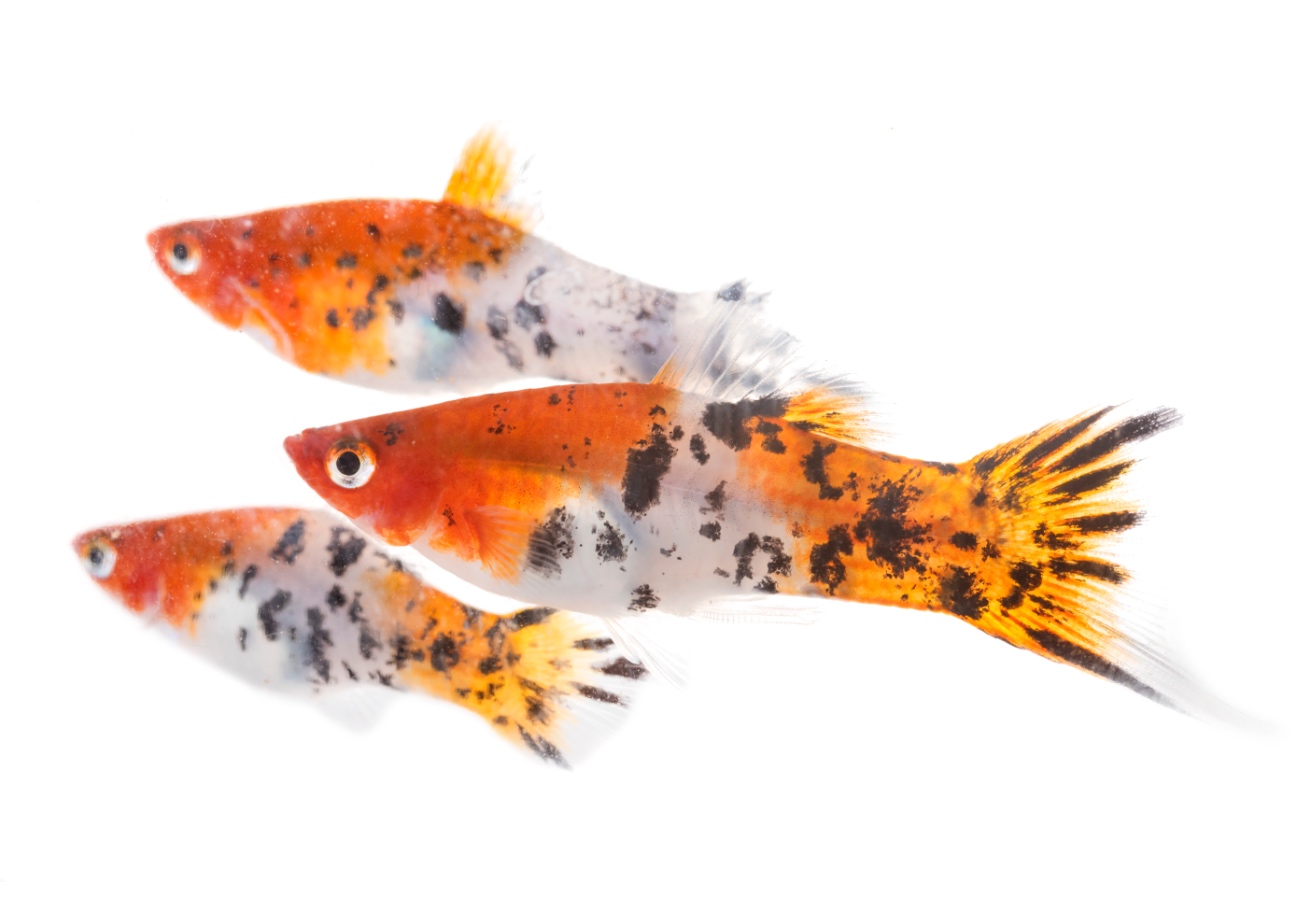Java Fern, scientifically known as Microsorum Pteropus, is one of the popular aquarium plants. It adds beauty to the tank with its delicate look and unique shape. Aquarists commonly use it because of its slow growth.
Java Fern is hardy and doesn’t need strict water conditions to thrive. It is easy to reproduce and care for and can be used with various fish. These qualities make it easier for the beginner to grow this plant in the aquarium.
In this article, we will talk about everything related to them in the description, but before that, let’s take a brief look at the table given below –
| Category | Rating |
|---|---|
| Family | Polypodiaceae |
| Growth Rate | Low to Moderate |
| Care Level | Easy |
| Maximum Size | 13.5 inches |
| Propagation | Adventitious Plantlet/Rhizome Division |
| Minimum Tank Size | 10 Gallons |
| Placement | Mid to Bottom |
| Lighting | Low to Moderate |
Java Fern Overview

Java fern, a member of the genus Microsorum, is the most famous out of its other 50 species of tropical ferns. Microsorum, on the other hand, belongs to the Polypodiaceae family, which has over 60 different genera.
Planting Java fern, a native of Southeast Asia, has become one of aquarists’ favorite hobbies over the years. These easy-to-grow plants can grow on rocks, ground, around tree trunks, or like grass in the tropical rain forest. They can thrive in partially or fully submerged conditions.
Many types of Java Fern can be found in fish stores, such as needle leaf, narrow leaf, trident leaf, and Windelov leaf. You can either buy small plants or java ferns attached to driftwood. The small plants can be bought for around $4-5, while the one attached to driftwood can cost over $20.
Before buying any plant, make sure the leaves are healthy, green, and without any brown edging. The size can be between 3 and 5 inches, but avoid buying a bunch. They may not have rhizomes and won’t grow at all. This plant is easy to maintain, and there is minimal chance of you killing it even if you are a beginner.
Java Fern Appearance
Java ferns have been the common choice of many aquarists over the years. Rhizomes and leaves are the two main parts of this traditional plant. The rhizomes are hair-like dark brown strings that attach to any surface and help grow the plant. In its absence, it is just a bunch of leaves.
Apart from that, the leaves of java ferns come in various shapes and sizes. They have a leathery texture and are found in different shades of green, depending on the lighting. The leaves can be bushy or spikey.
When the leaves have black or brown tiny circular bumps or veiny black lines, it means they have matured and are ready for propagation. The leaves of Java Fern look majestic. They can reach a height of 13.5 inches and a width of 6-8 inches.
Java Fern Types
These qualities make them perfect for the tank where you need a heavy plantation or decoration. Many variations of leaves can differ in height and width from that of original Java ferns. Some types of Java Fern aquarium plants are as follows –
Narrow Leaf Java Fern

As the name suggests, the leaves are narrow and can grow around 4-8 inches. In contrast, the plant can grow up to 12 inches.
Needle Leaf Java Fern
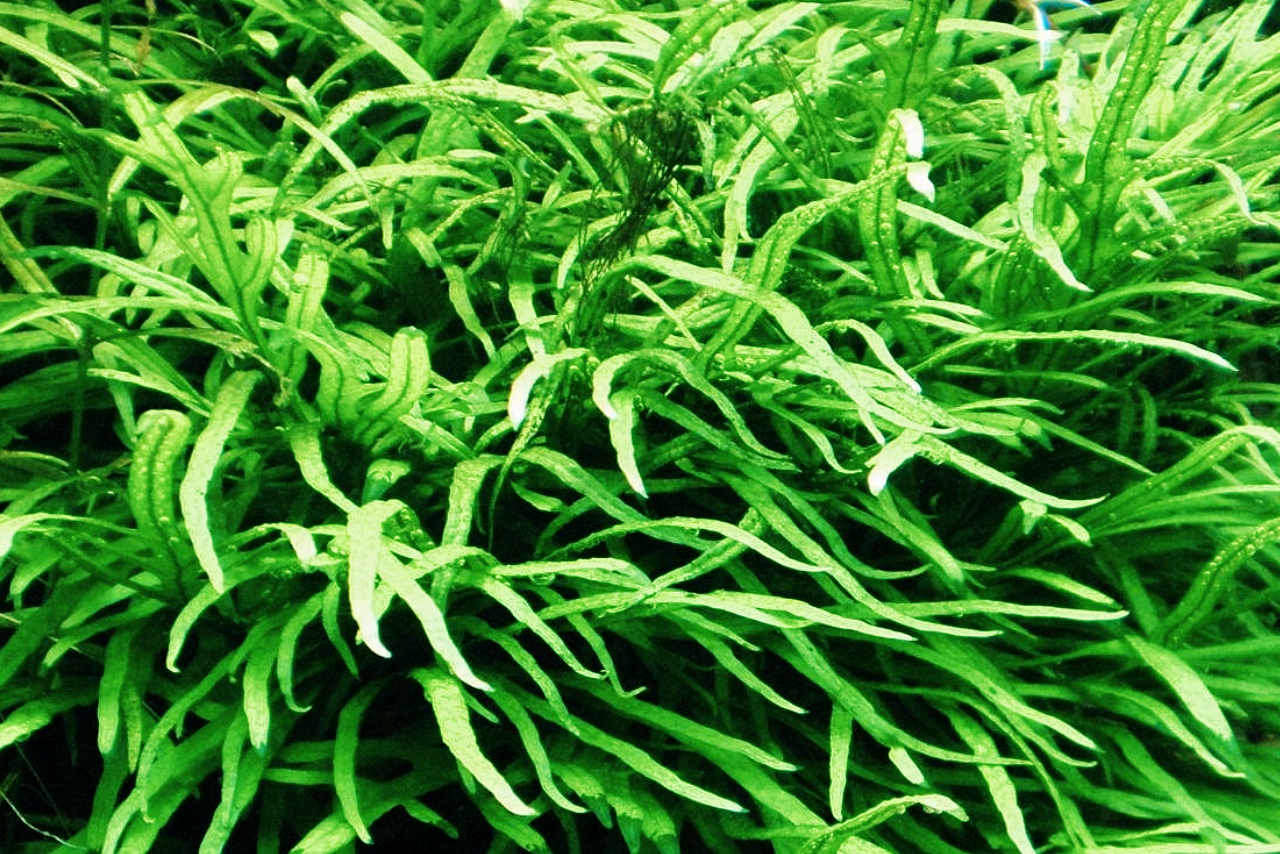
The leaves of these plants are even thinner than the narrow leaves. They are quite rare and grow up to a height of 6 inches.
Trident Java Fern
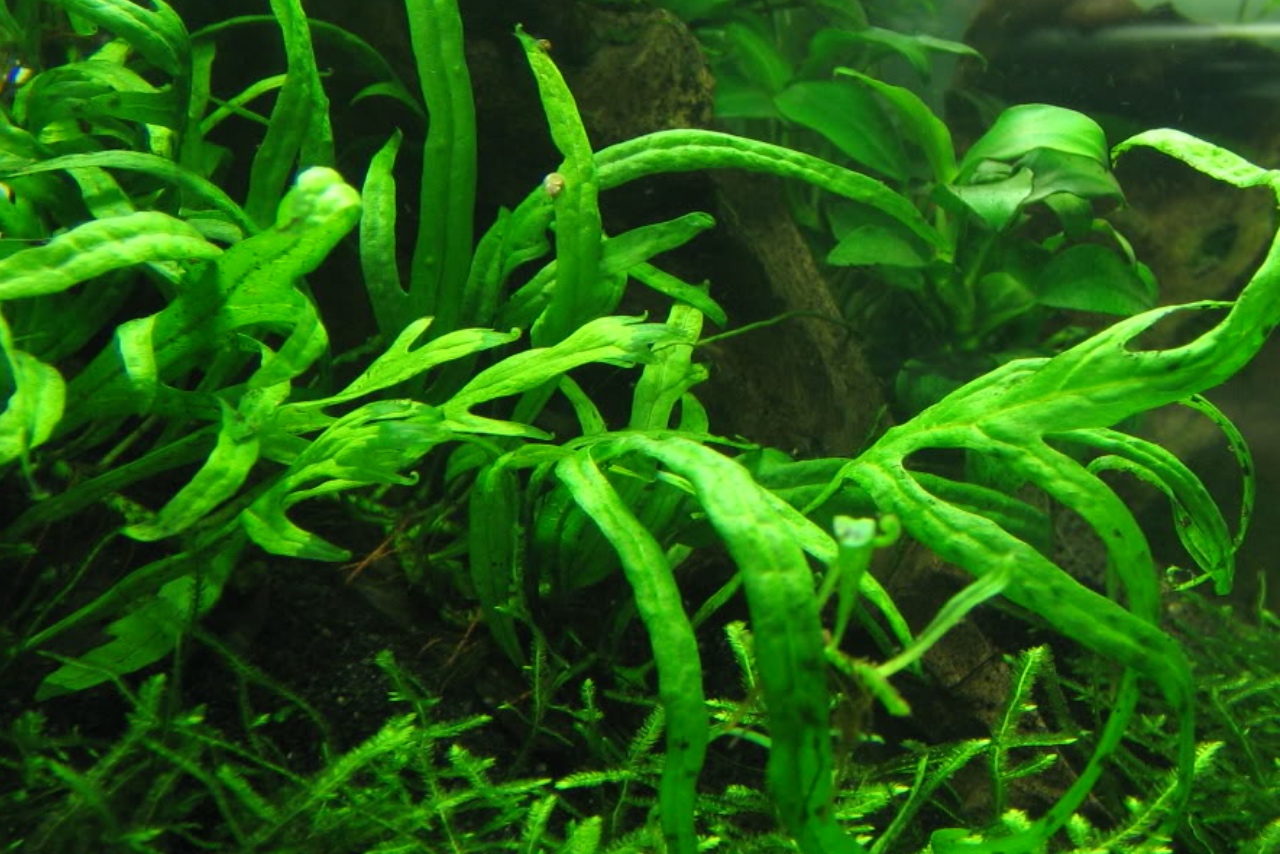
It is another uncommon variant with 2-5 lobes on both sides of the leaves. It can grow very quickly, but its leaves are short compared to the narrow-leaf Java Fern.
Windelov Java Fern
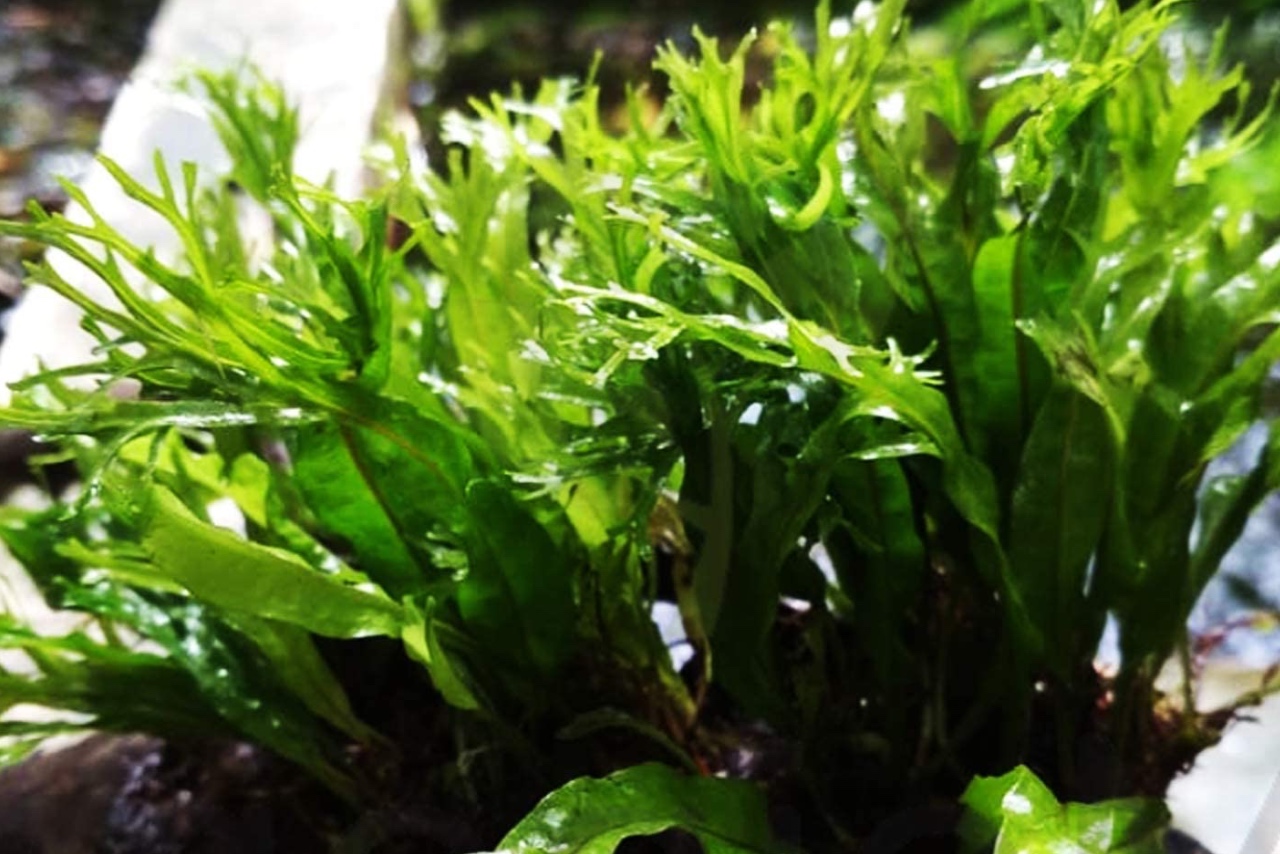
This variant’s leaves have finely branched tips, and the plant can reach 8 inches in length.
Java Fern Care Sheet
Java Fern Tank Requirements
Aquatic plants also need suitable water conditions and a tank set up like a fish tank to thrive. The conditions should match their natural surroundings. We already discussed that this hardy plant is easy to grow on any surface. Apart from that, it is found alongside streams or flowing water.
To replicate the conditions of the wild, follow the given parameters –
| Conditions | Parameters |
|---|---|
| Temperature | 68-82oF |
| Hardness | 3-8 dGH |
| pH | 6.0 to 7.0 |
| Lightning | 1.5/2 watts per gallon |
| Tank Capacity | Minimum 10 gallons |
These conditions are easy to set up, and using a filter and powerhead will be enough to provide enough oxygen to them. You don’t need a substrate as it doesn’t take nutrition from there. But if you still want to use it, you can pick anything of your choice.
Low lighting in the tank is necessary as Java ferns grow in shady places. High lightning can turn the leaves brown. If you see anything like this, dim the lighting or just turn it off for a few days.
How to Plant Java Fern
Planting Java Fern is as easy to plant as it is to maintain. You don’t have to bury it in the ground to grow. They have rhizomes that attach themselves to different surfaces and then grow. You can bury it, but it won’t grow as fast as on the surface.
Rhizomes can easily attach themselves to rough surfaces compared to smooth surfaces. You can use lava rocks, driftwood, or anything with a rough surface like them. Smooth surfaces like pebbles or glass won’t disappoint you either, but it will take a longer duration to attach to them.
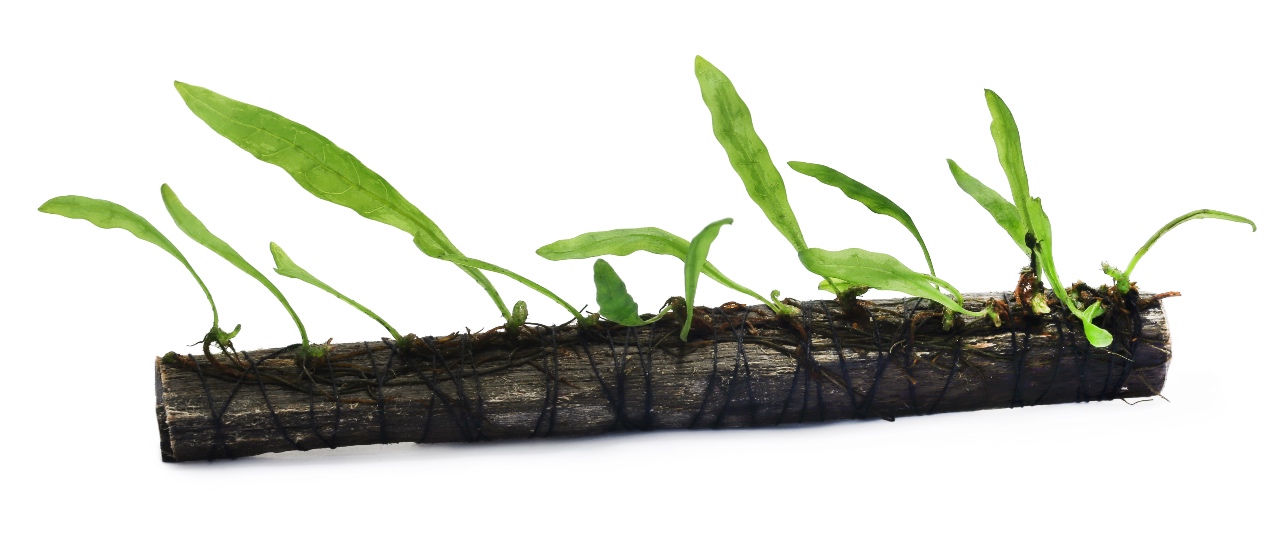
Once you decide on the surface, the next step is to safely secure the plant on it. You can use fishing wire or black threads to match the roots. You can also use rubber bands or zip ties, but they will be visible from the outside. The surface can be both broad and narrow.
After a few weeks, the roots will attach to the surface. If you want, you can remove the ties if they are visible or leave them there, as the plant will cover them up. The plant can grow large with broad leaves, and its rhizomes will keep growing until they reach surfaces.
You can put it in the middle or back of the tank alone, in a group, or with other plants. Putting it in front of the tank will cover everything else that you might have kept in there.
Java Fern Care and Maintenance
Once the rhizomes of the Java fern are attached to the surface, they will start growing. You won’t have to make much effort to care for it. Maintenance or care depends on the kind of look you are expecting.
Remove the small new plantlets growing on the leaves if you don’t want a bushy look. But if you do want a bushy look, leave the plantlets and let them grow. The new growth will give the plant a dense look.
These plants don’t use roots but the leaves to take nutrients from the water. If you want them to grow quickly, you can add liquid fertilizers whenever you change the water. They will need a little pruning whenever you find any burn spots on the leaves. Sometimes, you may find them only once a year.
The other quality that makes this plant famous among aquarists is that it is movable. The plants are attached either to driftwood or rocks, and you can move them whenever you want to clean them at the bottom. But make sure to keep the plant wet, either by submerging it or using spray bottles, whenever cleaning or maintaining it.
Common Problems
Java Ferns are quite hardy to keep and maintain, but newcomers make some mistakes that can result in the death of their plants. We will examine each of them and learn how to avoid them.
- Plants Need Substrate: Many beginners think that Java Fern also needs a substrate to grow, but this is not the case. If you bury the plant in the substrate, it may grow for a few days but eventually stop growing and start turning brown. These are signs that the plant is going to die.
- Plant Not Growing: Many beginners face this problem. It may take a few days to a week for the plant to adjust and grow in the new environment. But if it doesn’t show any signs of growth, you can add liquid fertilizer to the water. It will help the plant grow.
- Unhealthy Black/Brown Spots: Sometimes, you may see Java Fern brown spots on their leaves. The leaves may show these spots when they mature, but it doesn’t mean the plant is sick. These are sprouting points; the new leaves will grow from these buds. But if these spots are not developing in new leaves, it is a sign of nitrogen deficiency or burning. Is Java Fern turning brown? You can cure it by dimming the light and changing the water conditions.
- Java Fern Melt: This condition causes the leaves to show large brown spots. It can rot the plant or turn it mushy. It may indicate a growth of blue-green algae, too much lighting, or nutrient deficiency.
Any of the above-given conditions can be cured by setting the water parameters right and cleaning the tank. Also, if the tank is set up correctly, it won’t develop any conditions. For algae-related problems, you can get the help of a clean-up crew.
Java Fern Propagation
Propagation of Java Fern is another easy task. Java Fern doesn’t require any external help to propagate. Also, the process doesn’t require any separate water conditions. If you want to plant it separately, then you have to do it yourself.
You can cut the rhizome in half and replant it where you want it to grow. Different plants will grow from the different cut sections. Another way of doing this is to wait until the plant develops tiny plantlets on its leaves. You can cut it using sharp scissors and plant them wherever you want.
The plantation process for both methods will be similar to that of the original Java Ferns. Their leave will show the same growth of plantlets when they mature. You can use it to plant as many Java Ferns as you want in your tank.
Java Fern Tank Mates and Compatibility

Java Ferns are hardy, but their leathery leaf structure makes them unappealing. Herbivorous fish won’t eat them like they eat other aquatic plants, making them suitable for use with a wide variety of fish.
The large and aggressive fish who nibble on the plants can also be kept with these plants. Cichlids, Catfish, Tiger Oscars, Arowanas, etc. are among them. But keeping an aggressive fish in the tank at the early stage of the growth of Java Fern can be a mistake.
The plants are sensitive at the beginning, so fish with a nibbling habit can damage them. Aggressive fish also ruin the beauty of this plant by nibbling and tearing the leaves. If you still want to keep them with big aggressive fish, make sure the plant is attached using rock or driftwood. They will keep the roots from getting damaged.
Should You Plant Java Fern in Your Aquarium?
Java Ferns are quite hardy plants that can be easily kept in any freshwater tank. These plants won’t cause any problems to anyone, whether you are a beginner or an experienced one. They are available in a variety, and you can choose according to your preference.
It has various qualities that make it a point of attraction. It is easy to look after, maintain, and propagate. Also, you can keep it with various fish and plants. You don’t have to spend much to buy or maintain this plant.
Do you have Java Ferns in your aquarium? Are you planning to have one?

